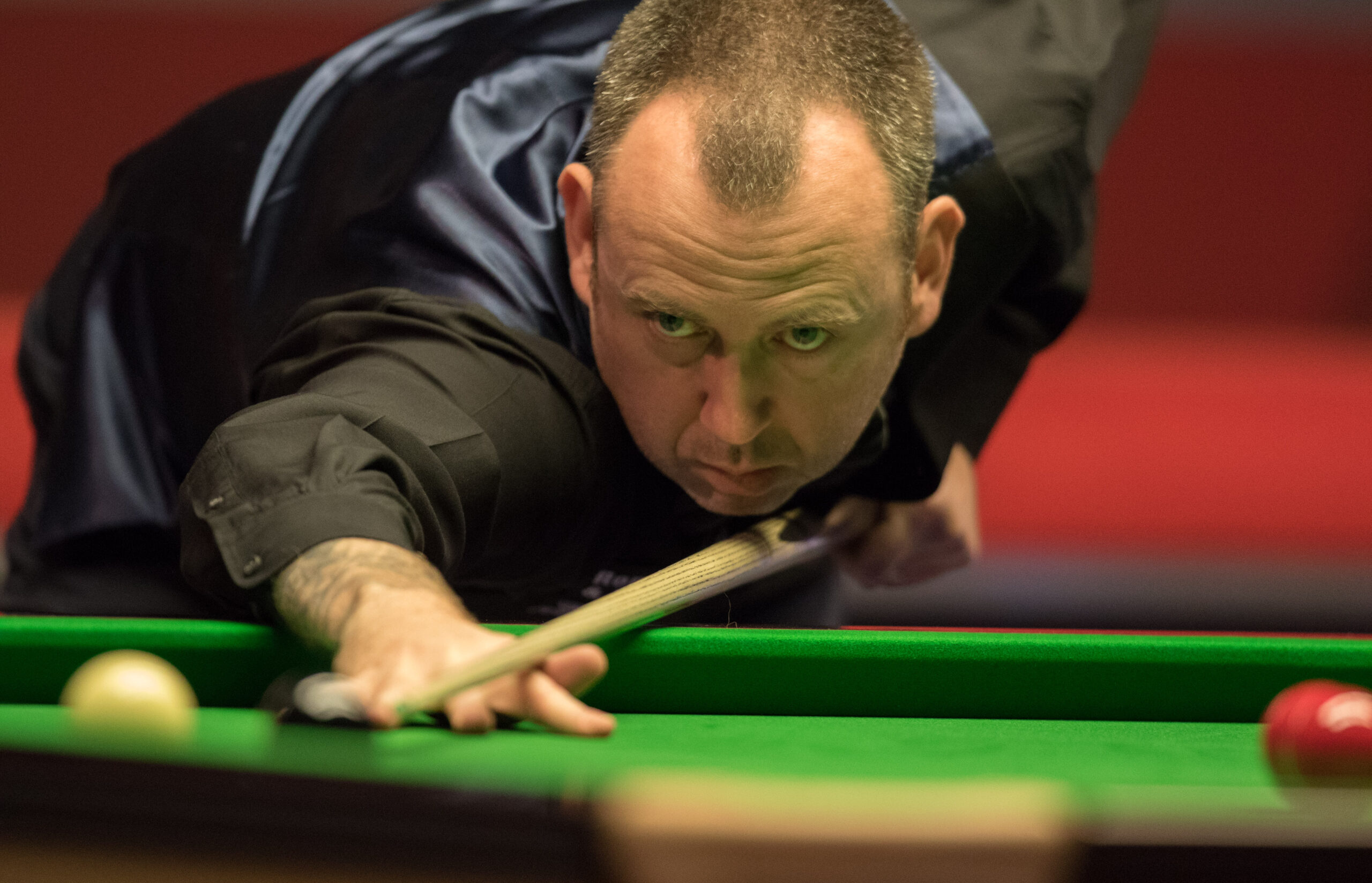The Importance of In-Season Fitness Training for Golfers
By Zach Gould Golf Fitness Coach
Golf is a game of skill, strategy, and physical power. While many golfers focus on building strength and power during the off-season, it is equally essential to continue training during the in-season. Maintaining the physical qualities developed in the off-season is crucial for maximising performance on the course. Let’s explore why in-season training is vital, what it should look like, and other considerations to keep in mind during the golfing season.
Why In-Season Training for Golf is Essential
In-season training ensures that golfers maintain the strength and power they have built during the off-season. High levels of strength and power are most important when we are competing. Consistently training throughout the season helps golfers stay in peak physical condition, reducing the risk of injury and fatigue. It also ensures that the performance gains made during the off-season are not lost, allowing golfers to compete at their best throughout the entire season.
What In-Season Training for Golf Looks Like
In-season training should be tailored to maintain fitness without causing excessive fatigue or muscle soreness. Here’s a breakdown of an effective in-season training regimen:
- Frequency: 1-2 Training Sessions Per Week and Training Volume
One to two training sessions per week with reps in the range of 3-5, especially for heavy loads, are sufficient. This low volume approach helps maintain strength and power without causing excessive fatigue.
- Full-Body Training Routines
Full-body training routines are crucial during the in-season to ensure that no particular body part is overworked. For example, 2-3 Lower body exercises, 2-3 Upper body exercises and core is a nice breakdown of exercises. This approach helps prevent fatigue and muscle soreness, which can negatively impact performance.
- High Training Intensity
Maintaining high training intensity is essential. To sustain strength and power, golfers need to lift heavy weights. Contrary to popular belief, lifting heavy weights will not cause excessive soreness if the volume or number of reps is kept low. Aim for 90% of your one-rep max with low reps and sets to maintain intensity without overloading the muscles.
- Include Explosive Exercises
In addition to heavy lifting, incorporating explosive exercises such as jumps, medicine ball throws, and band exercises is essential. These exercises help maintain explosive strength and power, which are crucial for generating speed and force in your golf swing.
Other Considerations for In-Season Training for Golf
In-season training involves more than just maintaining physical fitness. Here are some additional considerations to keep in mind:
Recovery Focus
Recovery is paramount during the in-season. Prioritise sleep, stay hydrated, and engage in some form of soft tissue work after training or playing, such as massage or foam rolling. Staying well-fuelled with proper nutrition is also crucial for recovery and performance.
Tournament Schedule
Managing your tournament schedule is especially demanding for amateur golfers, as the summer season is often tightly packed. It is essential to learn to take breaks during the season to avoid burnout and ensure optimal performance in each competition.
Practice Hours
In-season, you will spend a lot of time on the course competing. As a result, you may need more rest. Plan your practice sessions carefully to ensure you are not overtraining. Balancing practice and rest will help you stay sharp and perform at your best during tournaments.
Conclusion
In-season training is vital for maintaining the strength, power, and overall fitness developed during the off-season. By incorporating 1-2 training sessions per week, focusing on full-body routines, maintaining high intensity with low volume, and including explosive exercises, golfers can ensure they remain in peak physical condition throughout the season. Additionally, prioritizing recovery, managing your tournament schedule, and planning your practice hours are essential for avoiding burnout and maximizing performance.
For more support and guidance on training for golf please scan the QR code below:












